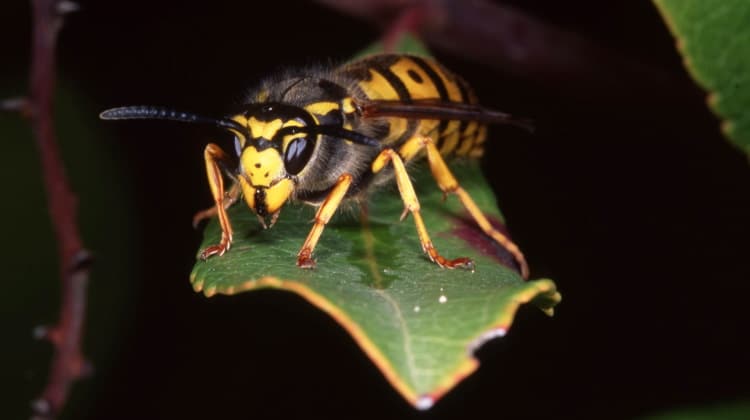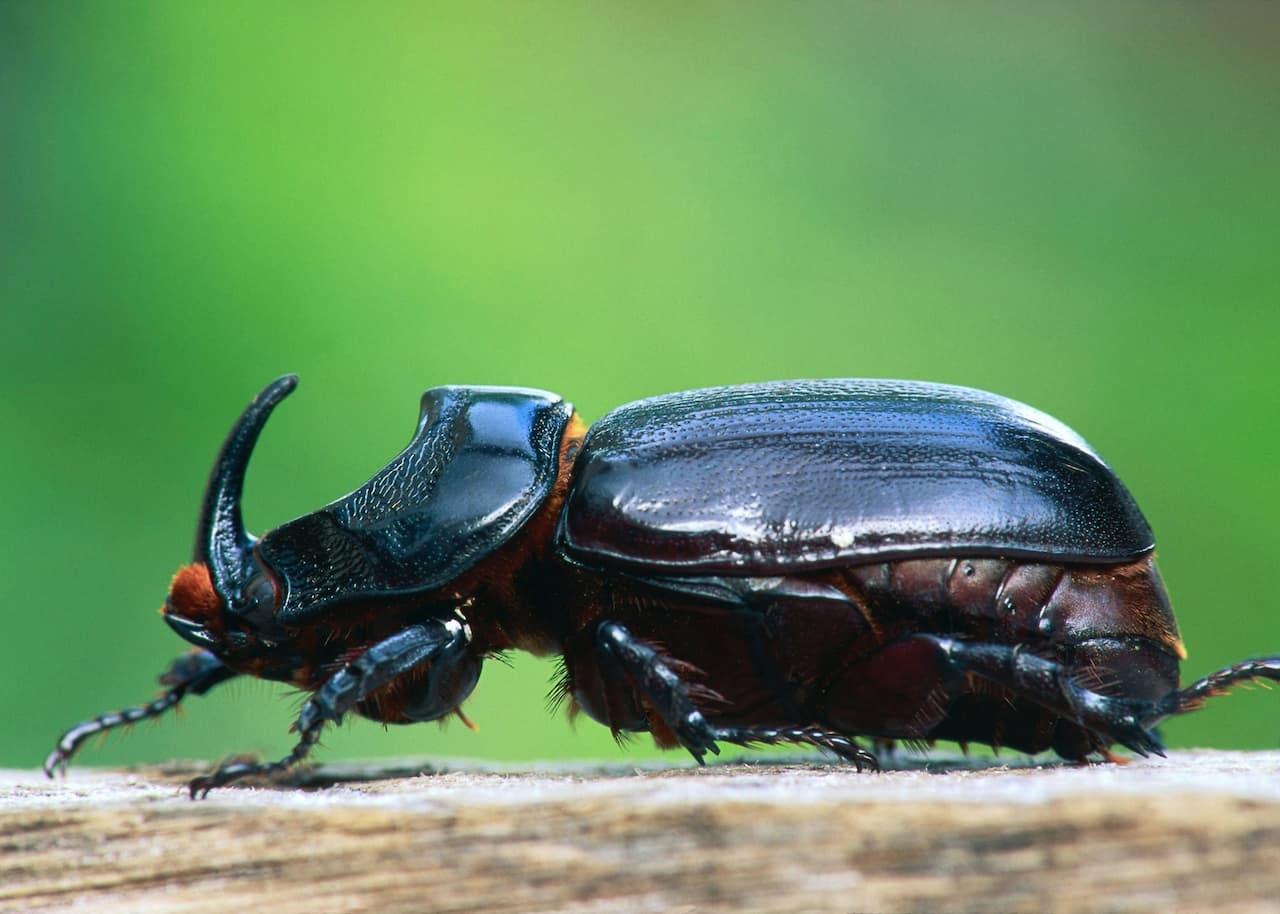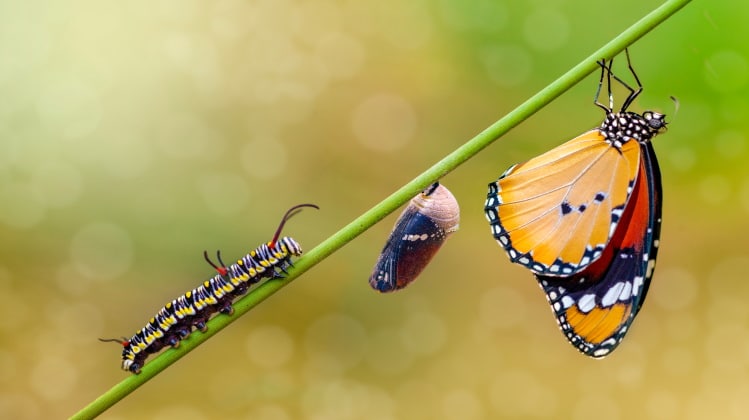Do Insects Have A Nervous System: Do Bugs Feel Pain?
[modified-date]
[social-share]
“Do insects feel pain?” is a thought that may cross our minds when we swat a fly or step on a beetle. Of course, our nervous systems contain specialized cells. These allow us to feel sensations like pain, but do insects have a similar system?
The answer is more complex than one might think. Scientists have debated for years whether or not insects possess a nervous system capable of experiencing pain and suffering.
In this article, we will dive into the anatomy and functioning of insect nervous systems. We will also discuss current research on their ability to feel discomfort.
Do Insects Have A Nervous System?
Similar to humans, animals, such as pandas, dolphins, and elephants, have a nervous system that coordinates and regulates their body’s actions.
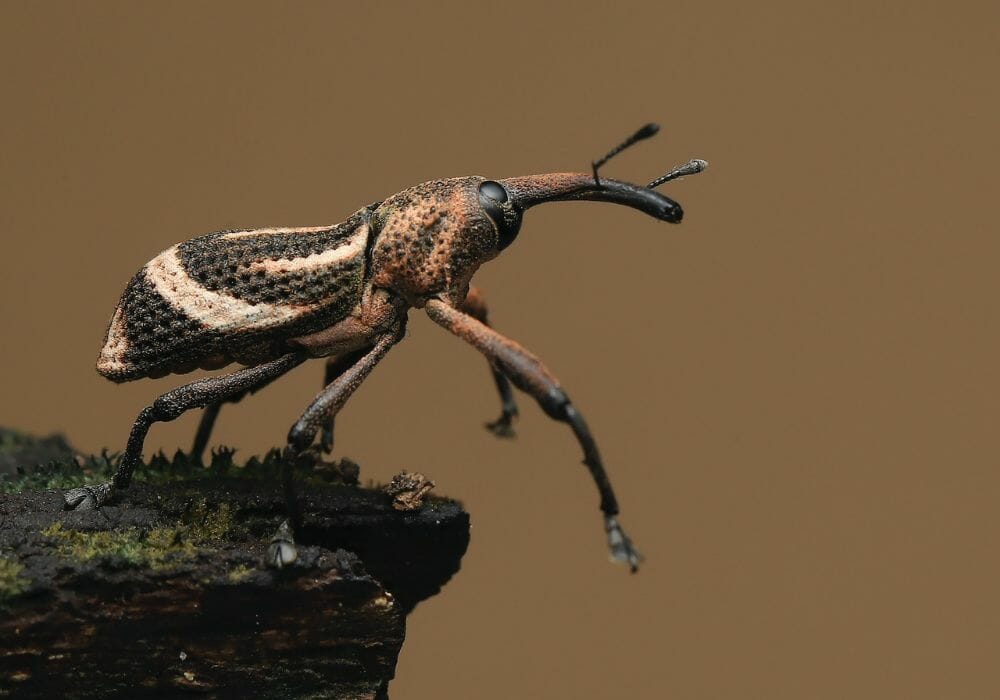
This system contains a network of nerves and cells called neurons, which transmit signals throughout the body to control movement, sensory perception, and behavior.
But do insects have this same structure? Yes, insects possess anociception controls that allows them to sense their environment and respond accordingly. However, it isn’t as complex as the nervous systems found in humans.
Certain features that can be found in humans may not be present in insects. For example, their brains do not contain as many distinct regions and are less specialized for specific functions.
In addition, humans have a centralized nervous system consisting of the brain, spinal cord, and nerves. On the other hand, insects have a decentralized nervous system composed of the brain, ganglia, and nerves.
Below, we will dive into the anatomy and functioning of an insect’s pain receptors. This will help us understand their ability to perceive and feel pain.
Related articles:
- Do insects have hearts?
- Difference between bugs and insects
- Insects with stingers that fly
- Difference between insects and mammals
- What do insects taste like?
- What insects have tails?
- Do Insects Have Good Eyesight?
An Overview Of The Insect Nervous System
There are several distinct differences between a human body and an insect body. Insects don’t rely on bones for support; they have a robust exoskeleton, which helps them maintain their shape and protect their internal organs.
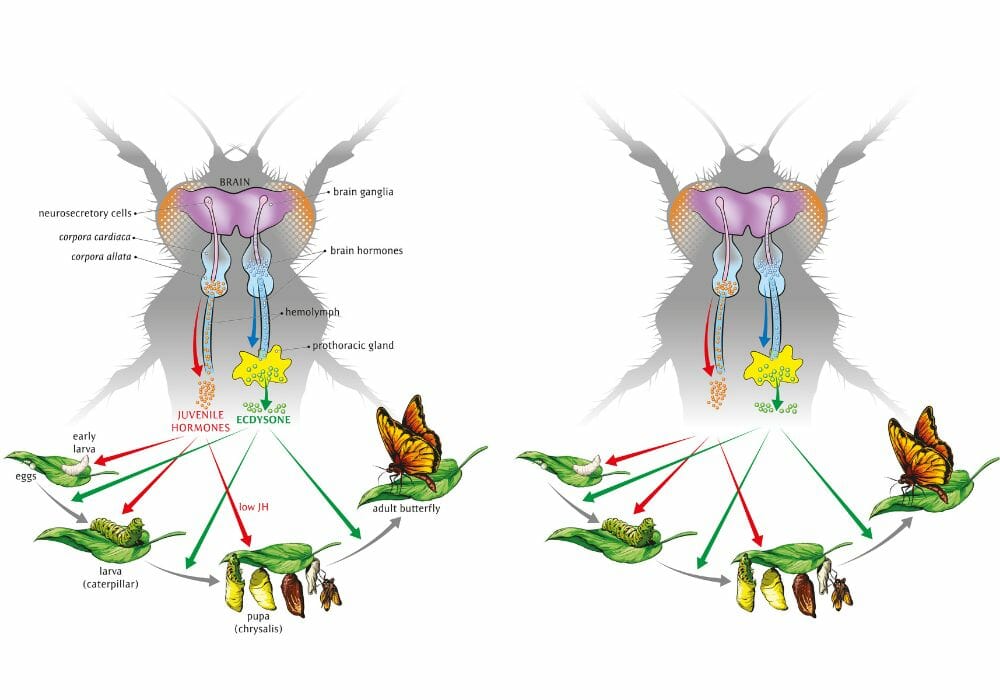
In contrast to humans, who have lungs, insects have air-filled tubes called tracheae throughout their bodies.
As for the nervous system, insects have a brain, ganglia, and nerves.
Insect Brain
An insect’s brain is located in the head and is responsible for integrating sensory information and coordinating behaviors. In many insects, such as bees and beetles, the brain is divided into three regions:
- The protocerebrum controls sensory input and behavior
- The deutocerebrum directs feeding behaviors
- The tritocerebrum regulates motor functions.
In addition to these three regions, the brain also includes several small clusters of ganglia, which act as mini-brains that control specific functions.
Did you Know?
The protocerebrum is the largest region in an insect’s brain. It controls vital functions such as learning, memory, and motor control. The protocerebrum also controls pain perception in insects.
Insect Ganglia
The ganglia, or clusters of nerve cells, are located throughout the body and control specific functions in each segment. For example, one ganglion may be responsible for controlling movement in the leg, while another controls digestion in the stomach.
While the brain is responsible for integrating sensory information and coordinating behaviors, the ganglia can also play a role by relaying signals to the brain.
Many insects have three ganglia in their thorax and eight ganglia in their abdomen, but there can be variations depending on the species.
Some insects have fused ganglia, which reduces ganglia but may provide for more efficient control and coordination of behaviors.
Insect Nerves
Like vertebrates, insects have nerves transmitting signals from the brain and ganglia to muscles and sensory organs. These nerves are located throughout the body and can branch into smaller nerves to control specific functions.
The insect nociception controls also includes a ventral nerve cord, which runs the length of the body and connects the ganglia in each segment. This allows for communication and coordination among the different ganglia in the body.
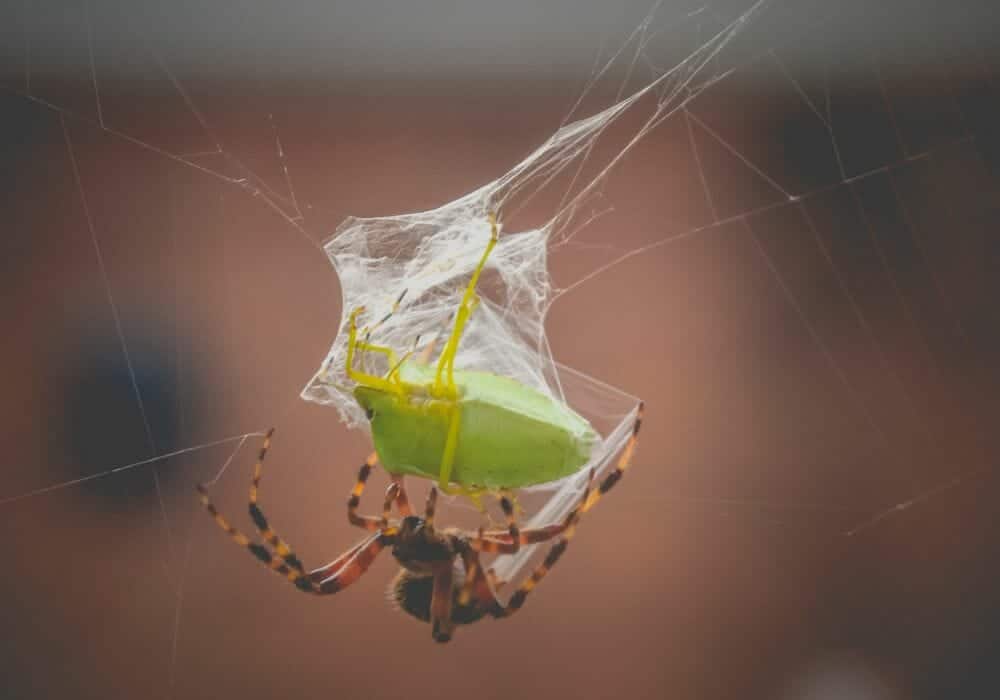
So, Do Insects Feel Pain?
Now that you know the basic anatomy and functioning of an insect’s nervous system, it’s essential to understand how this relates to its ability to feel pain.
First, let’s define pain. Pain is the sensory and emotional experience associated with potential tissue damage. For an organism to feel pain, it must have a sensory neuron to detect and process this sensation.
Based on this definition, insects experience pain,, as they have a nervous system that can detect potentially harmful stimuli and respond to them. Research has shown that insects display avoidance behaviors when exposed to painful stimuli.
Fifteen years ago, insects (fruit flies in particular) were found to experience “nociception,” a phenomenon that has been compared to acute pain in humans. This causes insects to react like how we do when we experience pain.
However, insects have recently studied chronic pain, with research showing that Drosophila melanogaster (fruit flies) display symptoms similar to chronic pain in mammals. The research experts conducted on fruit flies proves that insects do feel chronic pain.
These symptoms include increased sensitivity to touch and decreased mobility.
So, while their experience of pain may differ from ours due to differences in anatomy and physiology, it is clear that insects do have the capacity to feel pain and should be treated with care and consideration.
Pain In Insects
The discovery of insects feeling pain (both acute and chronic), according to Australian researchers from the University of Sydney, builds on earlier studies from 2003 that found pain-related sensations insects experience.
Some may think insects cannot feel pain. However, many people know that animals react to potentially harmful stimuli, such as pulling away their leg when it is touched by something hot.
This instinctual reaction may be considered nociception, but recent research suggests that insects can also experience chronic pain.
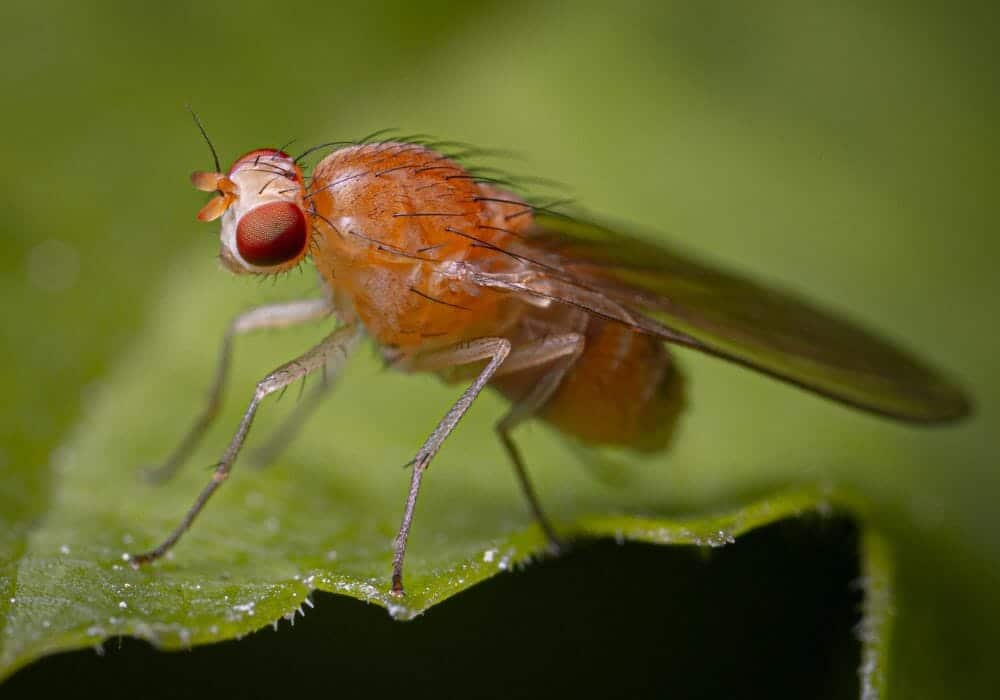
Researchers damaged one of its legs in an experiment done on a fruit fly. They allowed the fly to heal and observed its behavior. Researchers placed the fly in a hot room to see how the fruit fly would react.
The fruit fly that had been injured tried to leave the hot room quicker than the non-injured fly, suggesting it was feeling pain.
In other words, the injured fly is now hypersensitive to certain stimuli, as is often seen in chronic pain patients. Once an insect is badly injured, it is likely to experience pain for a more extended period.
Takeaway
As you can see, insects do have the ability to feel pain. This means we should consider their well-being when conducting experiments or interacting with them.
We must also acknowledge that a species’ capacity for feeling pain does not solely determine its value or worth as a living being. All animals, no matter how small or different from us, deserve to be treated with respect and kindness.
Remember, insects feel both acute and chronic pain like we do. With this knowledge, let’s create a more compassionate and empathetic world for all living beings.
Gordon is an ecologist with two degrees from Exeter University. He’s also a teacher, a poet and the owner of 1,152 books. Oh – and he wrote this website.
Disclaimer
Earthlife.net does not provide medical advice. We do our best to help users understand the science behind living beings; however, the content in the articles and on the website is not intended to substitute for consultation with a qualified expert. By interacting with the website and/or our email service, you agree to our disclaimer. Remember that you must consult a specialist before using any of the products or advice on the web.

